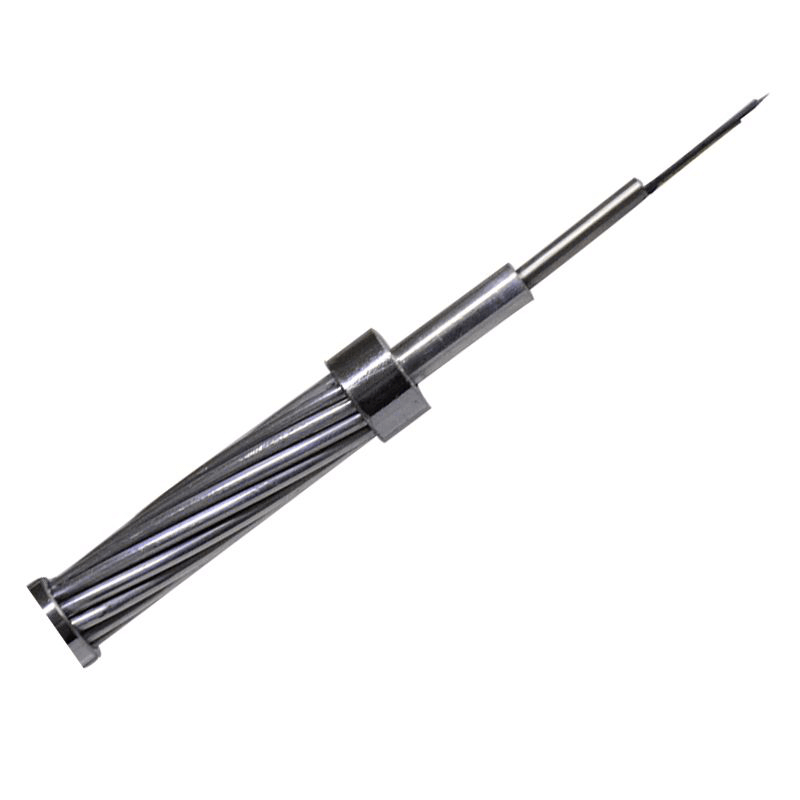- Sales SupportContact Sales
- Call us at: +(86) 15211074652
- Send us a email at: info@zr-fibercable.com
The difference between OPGW optical cable layer stranding type and central tube type
The structural types of OPGW composite ground cable include layer-stranded type and central tube type. Layer stranded OPGW can be stranded with 1 to 3 stainless steel tube light units, aluminum-clad steel wires and aluminum alloy wires as required.
The specific structure is as follows:
Stainless steel tube light unit:
The stainless steel tube is wound and welded by a stainless steel strip, and the optical fiber and fiber paste are contained in it. The outer surface of the steel pipe is coated with a layer of anti-corrosion cable paste to prevent electrochemical corrosion.
2. Optical fiber:
The optical fiber is identified by chromatogram and color ring. The maximum number of fiber cores per steel pipe: 48 core ITU-TG.652 or G.655 fibers.
3. (metal) wire:
The optical unit is stranded with aluminum-clad steel wire and aluminum alloy wire to meet the necessary strength and conductivity and further protect the optical fiber. Aluminum-clad steel wire conforms to IEC1232 (International Electrotechnical Commission) standard (equivalent to GB/T17937-1999). Aluminum alloy wire conforms to IEC104 (International Electrotechnical Commission) standard (equivalent to JB/T8134-1997)

4. Central tube OPGW features:
The optical fiber is protected in a sealed waterproof stainless steel tube, the stainless steel tube is placed in the center of the cable, and a layer (or multiple layers) of monofilament is twisted outside.
5. Stranded OPGW Features:
The optical fiber is protected in a sealed and waterproof stainless steel tube. The center is an aluminum-clad steel monofilament. The stainless steel tube and the monofilament are twisted on the first layer, and a layer (or layers) of monofilament is twisted outside.
Comparing the layered optical cable and the central bundle tube optical cable, it will be found that the layered optical cable has remarkable excellent characteristics in terms of structure, performance, laying method, etc., and can be used in 80% of the occasions. Stranded fiber optic cables will be used. Stranded optical cable and central bundle tube optical cable are two common forms of optical cable, and they have their own advantages: the former has many laying methods and is suitable for overhead, direct burial, pipeline, water, etc. Inferior occasions, while the latter has the characteristics of small diameter, light weight, and easy laying. This is closely related to their different technical structures.
You might be interested in
We use cookies to ensure that we give you the best experience on our website. By clicking on "Accept" or continuing to use this site, you agree to our use of cookies in accordance with our Cookie Policy .You can refuse the use of cookies here.
Accept

